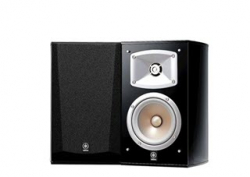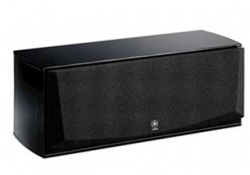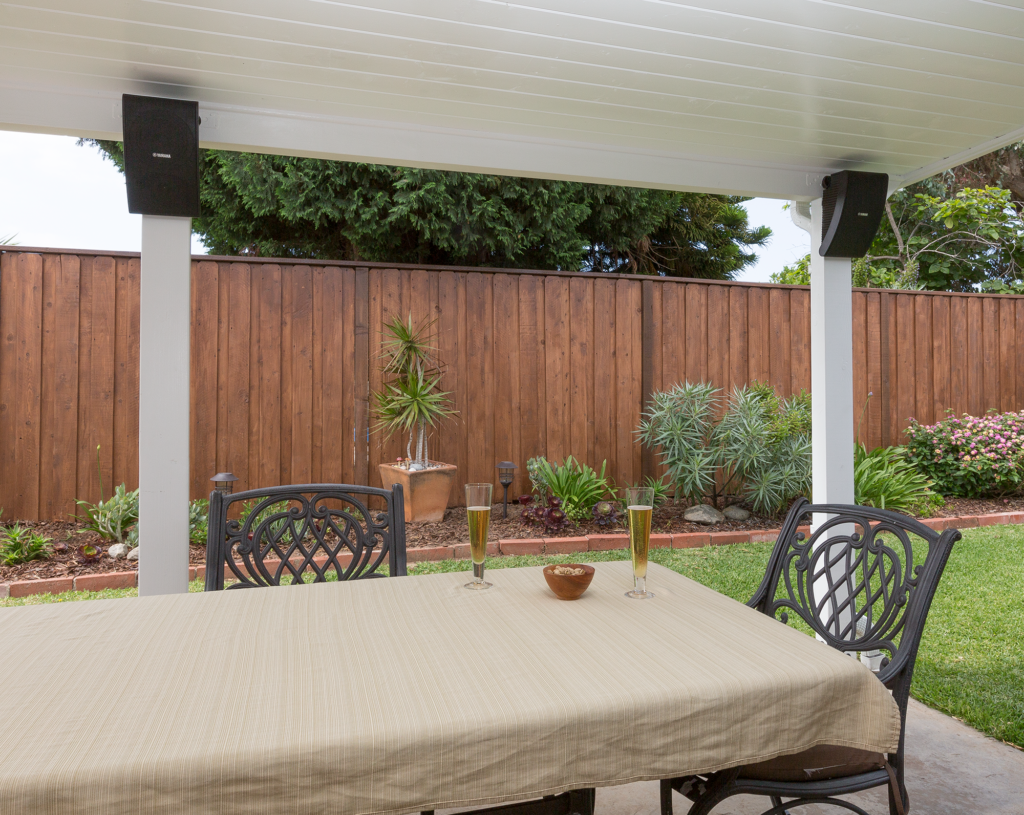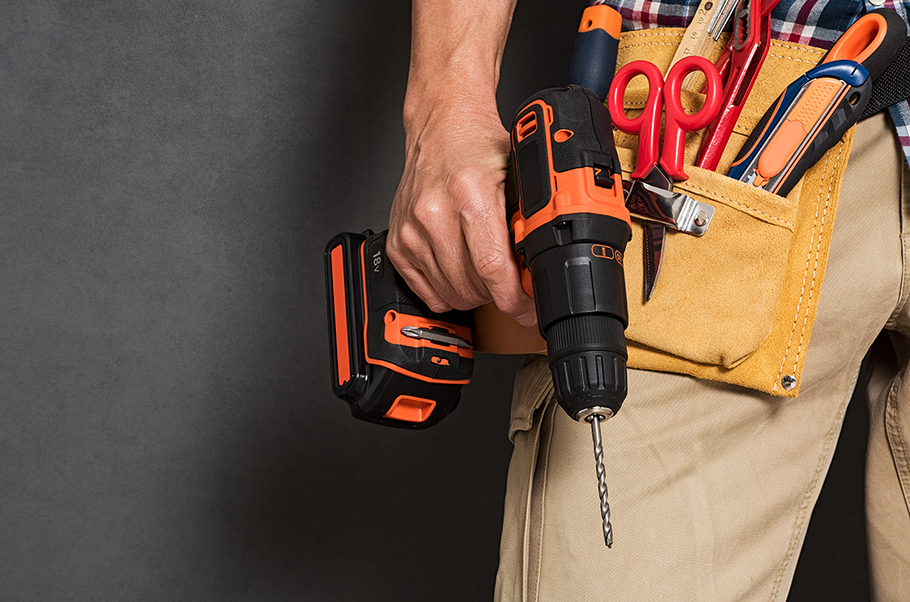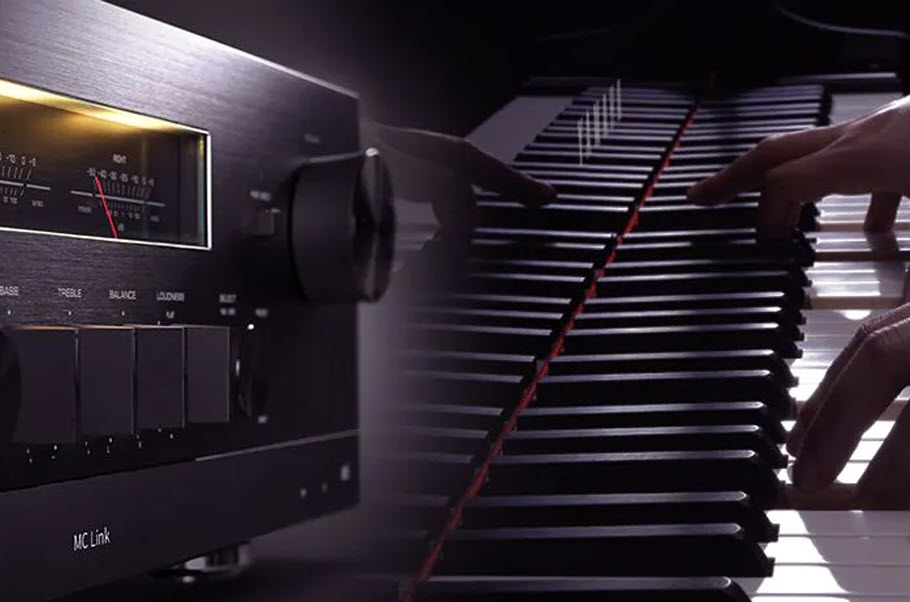Building the Ideal Home Theater
When “good” isn’t good enough.
When some people think of a home theater, they picture a dark, secluded room with a large projection system and lifelike 3D audio. When others envision the space, they simply see a flat-panel TV mounted to the wall and a basic soundbar attached underneath. The two are distinctly different, and so is the overall experience.
As the selection of audio and video equipment grows at a blistering pace, the definition of what constitutes a genuine home theater has become fuzzier. Is that simple, basic system occupying a portion of the living room a real home theater? Does it provide a sufficient level of performance to make it seem as if you have stepped into an actual movie theater? Are you totally immersed in the action? Do you feel transported to a new dimension of home entertainment? If you answered “no” to any of these questions, it may be time to rethink your current home theater setup.
Go for Quality Over Convenience
Thanks to the wide array of pre-packaged, turnkey “home-theater-in-a-box” (HTIB) solutions on the market, it’s become easy to purchase and set up a system in just about any room of the house. Modern TVs are slim and smart, speakers are small and often wireless, and with streaming services like Netflix®, you no longer need a media player to enjoy recent releases. It’s a convenient and straightforward solution, but unfortunately lacks the power and performance of AV gear engineered and designed for purpose-built rooms dedicated to the enjoyment of entertainment content. Bottom line: It takes high-quality products to create a high-quality entertainment experience — an experience that conjures all of the emotion and energy of a commercial cinema, and one that befits the classic definition of a “home theater.”
Immersive Audio is the Answer
Surround sound is a critical part of any home theater, and formats range from a basic 5.1 configuration (five speakers and one subwoofer) all the way up to the latest, object-oriented formats: DTS:X™ and Dolby Atmos®, which add overhead audio channels for height cues. Surface-mount speakers such as the Yamaha NS-IC800 can be placed on the ceiling to create the sensation that objects in the film, such as airplanes or rainfall, are coming from (and shifting) overhead. Combined with main speakers that “move” objects side to side as well as forward and backwards in the room, the sound becomes thoroughly lifelike and three-dimensional, immersing the home theater audience completely in the middle of the action — the goal of any high-quality cinema. Add in a technology like Surround:AI (a feature unique to Yamaha AVENTAGE receivers such as the RX-A3080), and the audio becomes even more impactful. This innovation analyzes movie scenes and adjusts the playback to optimize the effect of dialogue, background music and ambient sounds.
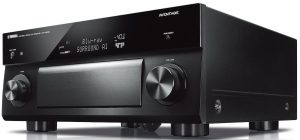
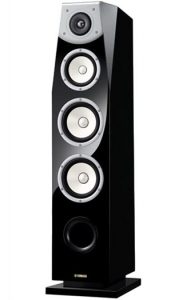
The audio impact you get from basic home theater systems designed for easy installation in a living room pales in comparison. You hear the airplane and rainfall clearly, but do you really “feel” them? It takes more than a modest speaker setup to reproduce the complexities of a Dolby Atmos or DTS:X surround sound format. For one thing, you need to select quality speakers built for use in a home theater. As an example, you might consider a pair of Yamaha Soavo NS-F901 floor-standing line speakers for the front left and right channels, augmented by Yamaha NS-333 bookshelf speakers for the rear and side channels. The all-important center channel (which mostly carries dialog) should be routed to a speaker specifically designed for that purpose, such as the Yamaha NS-C444.
This brings up another point: How best to integrate speakers with the room design. If you thought it was tough to blend the speakers of a basic 5.1-channel surround sound system into the décor of a family room, the additional speakers of an advanced setup (such as the one being described here) can throw a real monkey wrench into the appearance of a typical living room or den. Plain and simple, the kind of high-quality audio system we’re talking about not only works better, it looks better in a room dedicated to the enjoyment of movies. Without the typical accoutrements of a family room to work around — light fixtures, artwork, furniture, etc. — speakers can be placed precisely where they should go for the optimal listening experience.
Lifelike, Larger-than-Life Video
Today’s slim flat-panel displays can be situated just about anywhere, and with screens large enough to pull viewers into the action, they offer a great alternative to two-piece projection systems … until you reach screen sizes upwards of 100 inches. Then, the solution becomes cost-prohibitive for most people, not to mention difficult to find the space to mount such a screen in an average family room. Installed in a dedicated home theater, however, 100-inch-plus screens and their companion projectors really shine. Those kinds of spaces afford plenty of real estate for a huge screen and video projector, and the price tags for these products are actually way less expensive than comparably sized flat-panel displays.
Perfect Viewing Conditions
There are many other variables that impact the quality of a home theater, such as seating, lighting, and control. A “true” home theater that’s purposely designed to provide the best viewing environment has no windows (or at least completely covers any windows that do exist) and provides the right amount of space for proper seating alignment. This prevents sunlight from washing out the image as well as the viewing fatigue that can occur from sitting too close or too far away from the screen — both common hurdles encountered in family room environments. And forget about becoming completely immersed in movies presented in a space other than a dedicated home theater: There are simply too many distractions. On the other hand, a custom-designed room set apart from the rest of the house makes it easy to escape and immerse yourself in your favorite movies … and it happens easily and naturally. You see, when it comes to home theater, “good” isn’t necessarily good enough.
For more information, see our blog article “Four Benefits of Having a Professional Do Your Home Theater Installation”
To find a Yamaha dealer, use our dealer locator here. If you’re looking for a custom installer for a specific brand like Yamaha, we recommend you search locally (with a search engine or social community website) using the terms “home theater custom installers.” Availability of custom installers may vary based on region.










